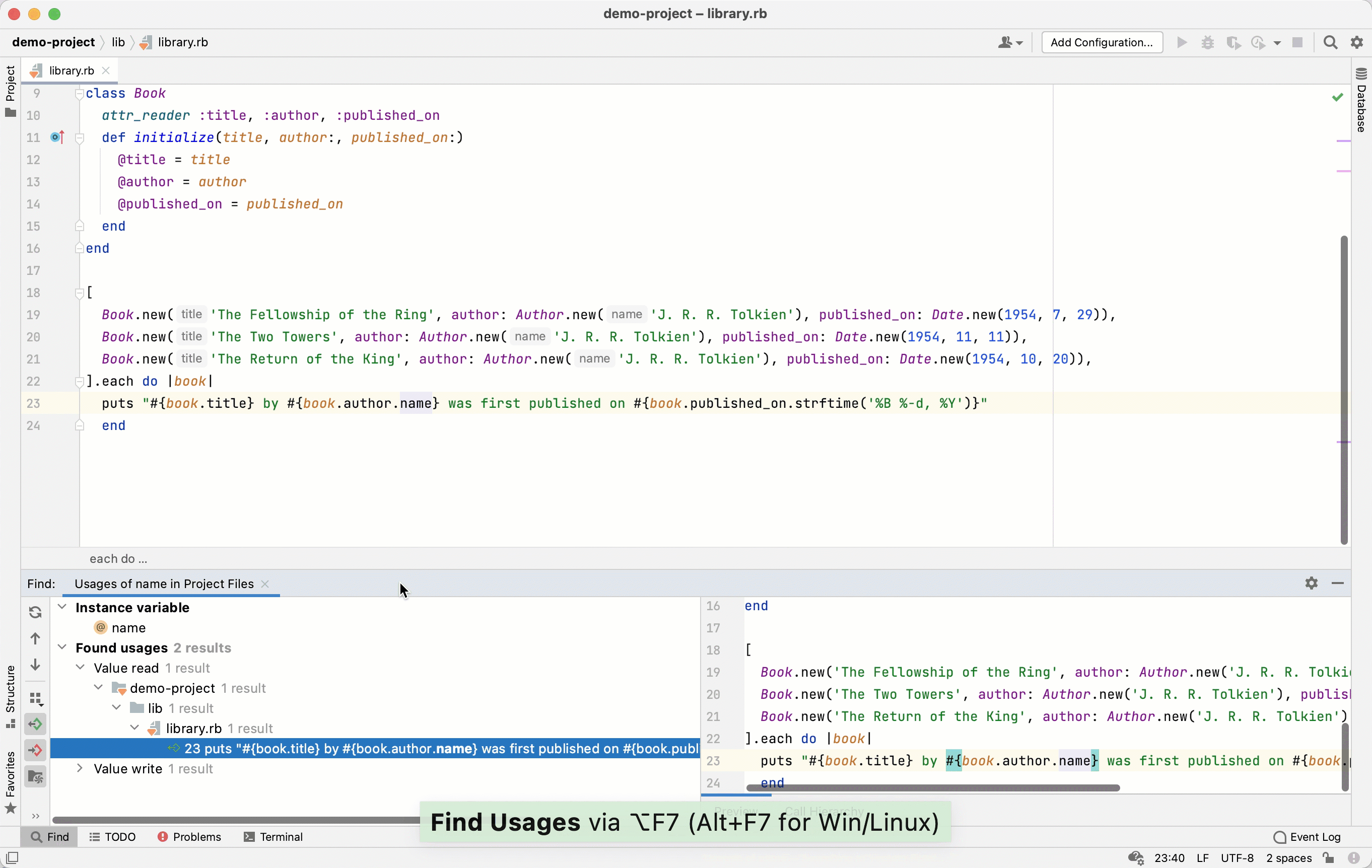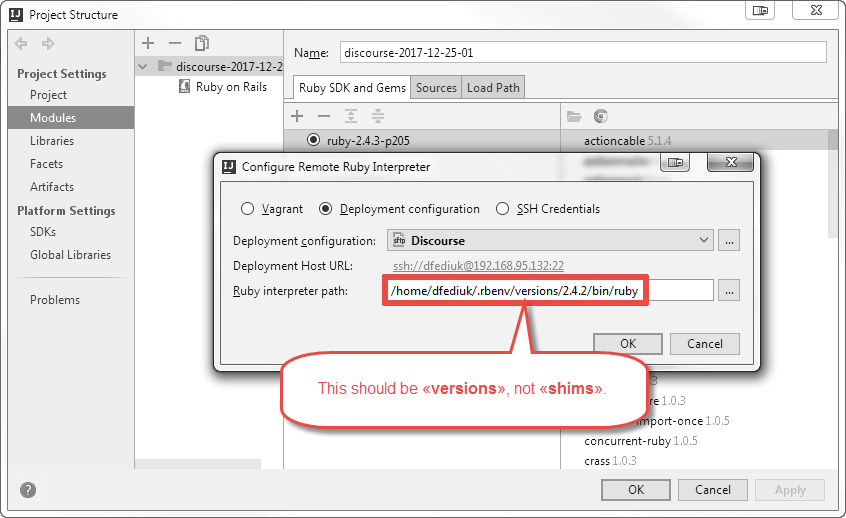

Then, specify the gemset name and click OK:

In the dialog that opens, select the Ruby SDK, for which the gemset will be created. Right-click the required interpreter and select New RVM gemset To create an RVM gemset in the Settings dialog Control+Alt+S, go to the Language & Frameworks | Ruby SDK and Gems page and perform the following steps: Create RVM gemsets Create a gemset for an existing project

However, you can use the Terminal for this purpose. To avoid deleting any vital information from your machine, RubyMine doesn't allow you to remove gemsets from the UI. See Install gems for instructions on how to install gems. In this case, gems will be installed to the first enabled gemset. On the other hand, the rbenv version manager provides the ability to select several gemsets for a project: On this page, the gemsets are shown as the interpreter children:įor RVM, you can select a certain gemset and install project gems to this gemset. To see gemsets available for the installed interpreters, open the Settings dialog Control+Alt+S and go to the Language & Frameworks | Ruby SDK and Gems page. Note that this functionality is supported only for local interpreters. I just put most of the paths in my login PATH value there, and the gem installation succeeded.RubyMine provides the capability to work with gemsets for the RVM and rbenv version managers. It turned out that when specifying the path in theĬustom Configurator field I needed to include the path for the gcc compiler. I was getting build errors saying that I needed to install the development tools. I just tried this again on a new installation and the above did not work. Here is what I wound up with:Įnv GEM_HOME=/opt/my-custom-ruby/gems/2.7.0 GEM_PATH=/opt/my-custom-ruby/gems/2.7.0 PATH=/opt/my-custom-ruby/bin/ruby:$PATH I added to that env command and the problem went away, but I'm not really sure yet if that was the issue or if adding both GEM_PATH and PATH were necessary. Or, maybe it doesn't, and I just haven't encountered an error yet.Įdit: It turns out I did have an issue with a gem not being found. I was surprised that I didn't also need to explicitly set the path to the directory containing the Ruby interpreter (for commands other than ruby, such as bundle), but I guess RubyMine does that for me.

It turned out that all I needed to specify there was my GEM_HOME:Įnv GEM_HOME=/opt/my-custom-ruby/gems/2.7.0


 0 kommentar(er)
0 kommentar(er)
